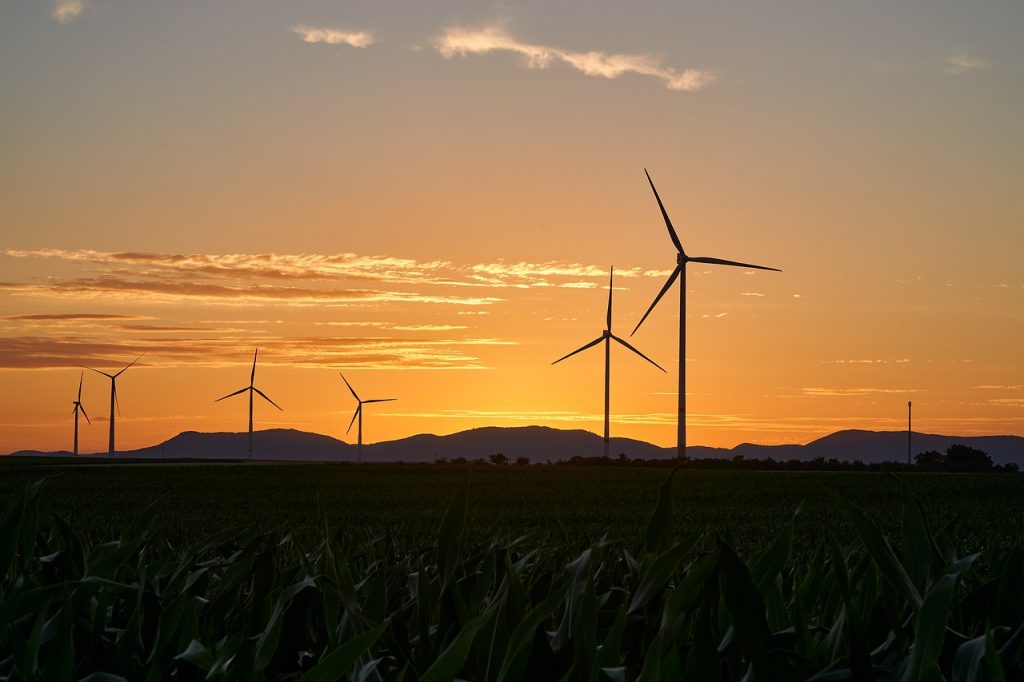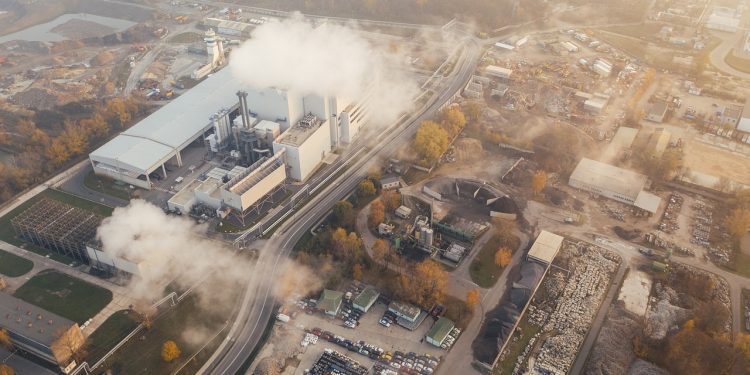Plans to improve the Texas power grid were boosted after Texas electricity regulators picked 17 companies as government-financed natural gas power plants.
The proposals for fossil fuel power plants capable of generating enough electricity to power 2.4 million homes were approved by public utility commissioners. The companies could receive another 3% in loans from the taxpayer-funded Texas Energy Fund if the project proves successful.

In 2023, the Texas Legislature created a fund, which now includes $5 billion, to finance about 10 gigawatts of electric generation capacity to bolster the ERCOT power grid. The fund was one of a few legislative directives that followed the 2021 power blackouts during a winter storm that killed more than 200 Texans. Gov. Greg Abbott and Lt. Gov. Dan Patrick pledged to double funding of the energy bill to help it reach its intended goal of $10 billion.
Loan applications amounting to about $5.4 billion were approved by commissioners. Public Utility According to Commission spokesperson Ellie Breed, accrued earnings on the initial $5 billion will allow for the funding of all the projects upon approval.
“Today’s action to advance a set of applications to due diligence does not guarantee that those applicants will enter into a loan agreement,” said Breed in an email.
The proposed sites are across the state of Texas. Projects include proposed power plants from Irving-based Vistra Corp., NRG, and Calpine. Not everyone is on board with funding for the projects.
Cyrus Reed, conservation director of the Lone Star Chapter of the Sierra Club, said Thursday’s action was “a taxpayer handout to large fossil fuel companies.”
“They’re prioritizing, really, pollution and getting those plants built over people,” he said in a Governing article.
Vijay Marolia, Founder and Chief Investment Officer of Regal Point Capital Solutions disagrees with the premise that this is about handouts to fossil-fuel companies.
“Texas needs the power and this is a way to fund the required infrastructure. Also, natural gas is cleaner than coal and oil. If the Fed funds rate, which is slightly less than normal institutional borrowing costs, is under 5%—you will need an extra incentive to really encourage long-term investment,” said Marolia. “I’m all for it, and this is why Texas will continue to grow faster than the rest of the US.”
CenterPoint’s Power Outages Post Beryl
A few months ago, the Texas grid became a focal point following the power outages that succeeded Hurricane Beryl.
The high winds from Hurricane Beryl that swept through southeast Texas on July 8, took down thousands of trees and knocked out the majority of its electricity system. The power outages left more than 2.6 million Texans without electricity for days in the summer heat.
CenterPoint Energy became the center of attention regarding Houston’s electric utility crisis following the storm. The company received countless criticisms from Texans for failing to prepare adequately for the storm, inefficient power restoration times, and for a lack of communicating clearly with customers.
Marolia noted that finding ways to ensure Texas’s energy infrastructure is secure is going to be vital in the coming years.
“There are a couple of reasons Texas’s energy sector needs to be secured. Number one, Texas is growing in such a fantastic way, and not just the demographics, although that’s a major part of it. It’s also growing with new businesses. A third reason is Texas’s attempt to keep up with AI, since artificial intelligence requires a ton of energy, so the energy infrastructure is going to be under pressure. However, Texas also has something that places like California do not have, and that’s smart leadership, and sensible regulation.”
Texas Power Grid Extends Past Oil
For more than 17 years, Texas has also led the U.S. in wind energy due to its abundant space and optimal wind conditions. In 2022, Texas wind generated 40,556 megawatts, accounting for more than 26 percent of all U.S. wind-sourced electricity.

The wind electric power generation sector already employs countless Texans and is expected to have a tremendous employment growth rate over the next decade. According to the U.S. Bureau of Labor Statistics, employment of wind turbine technicians is anticipated to grow 44 percent by 2031.
“What’s really awesome is that they are not just drilling for oil, because that’s what Texas is known for. Nothing wrong with that. They should grow more, but it’s really solar and wind power too. I believe if they’re not already the leader in solar and wind, they will be soon,” said Marolia.






